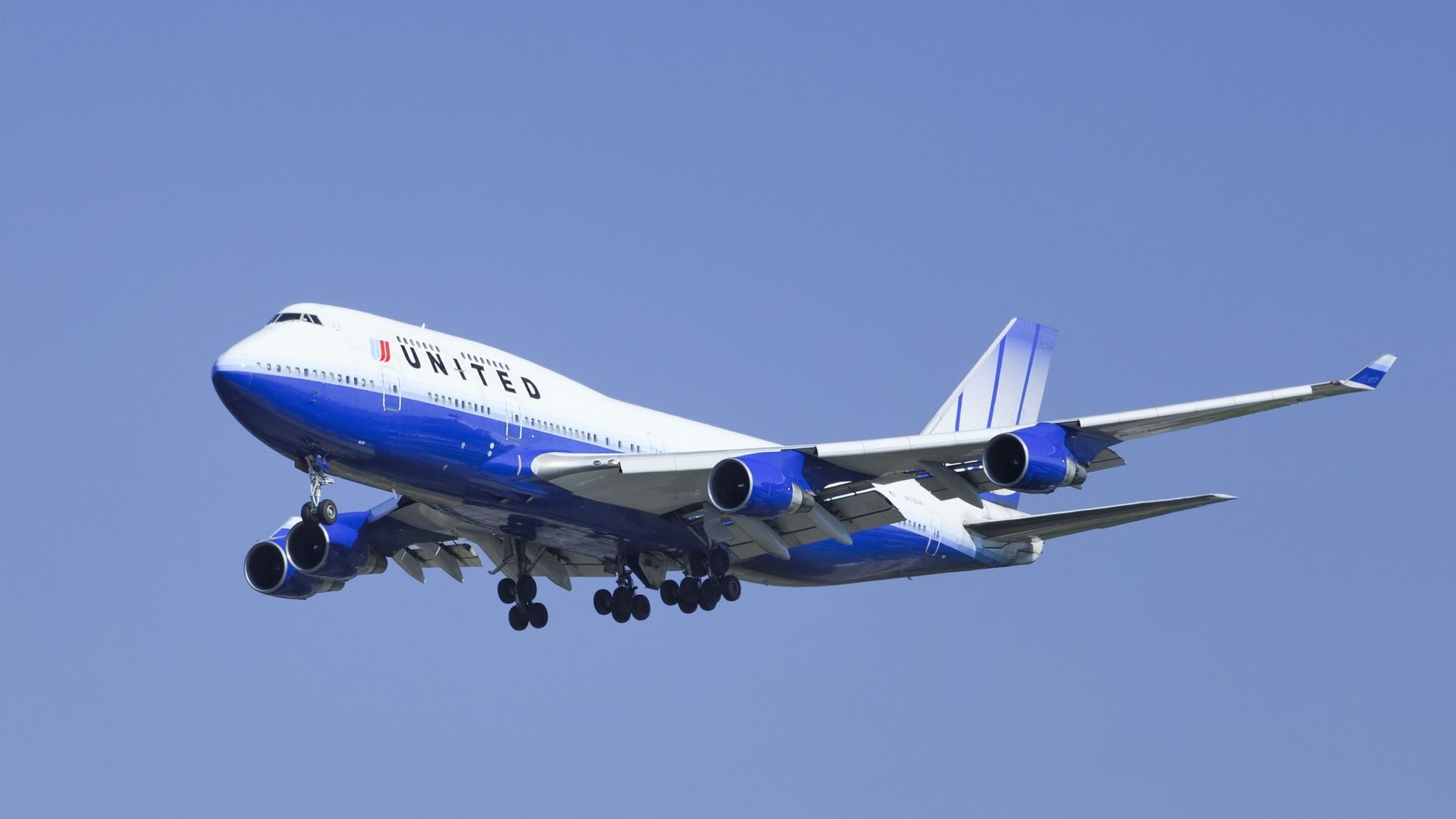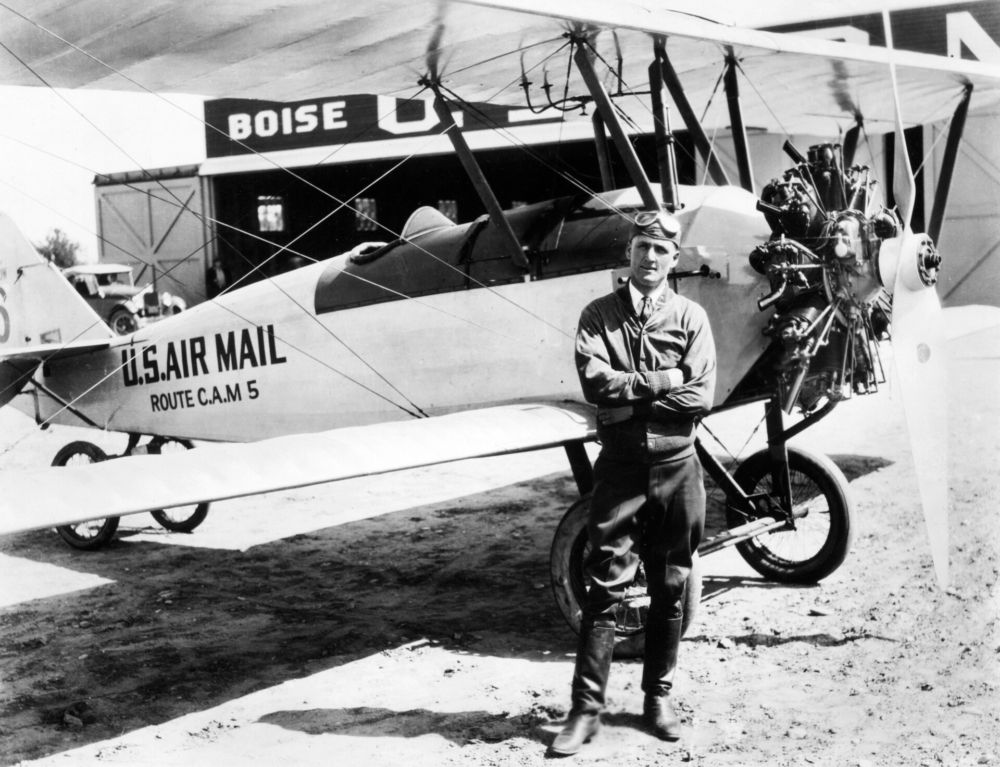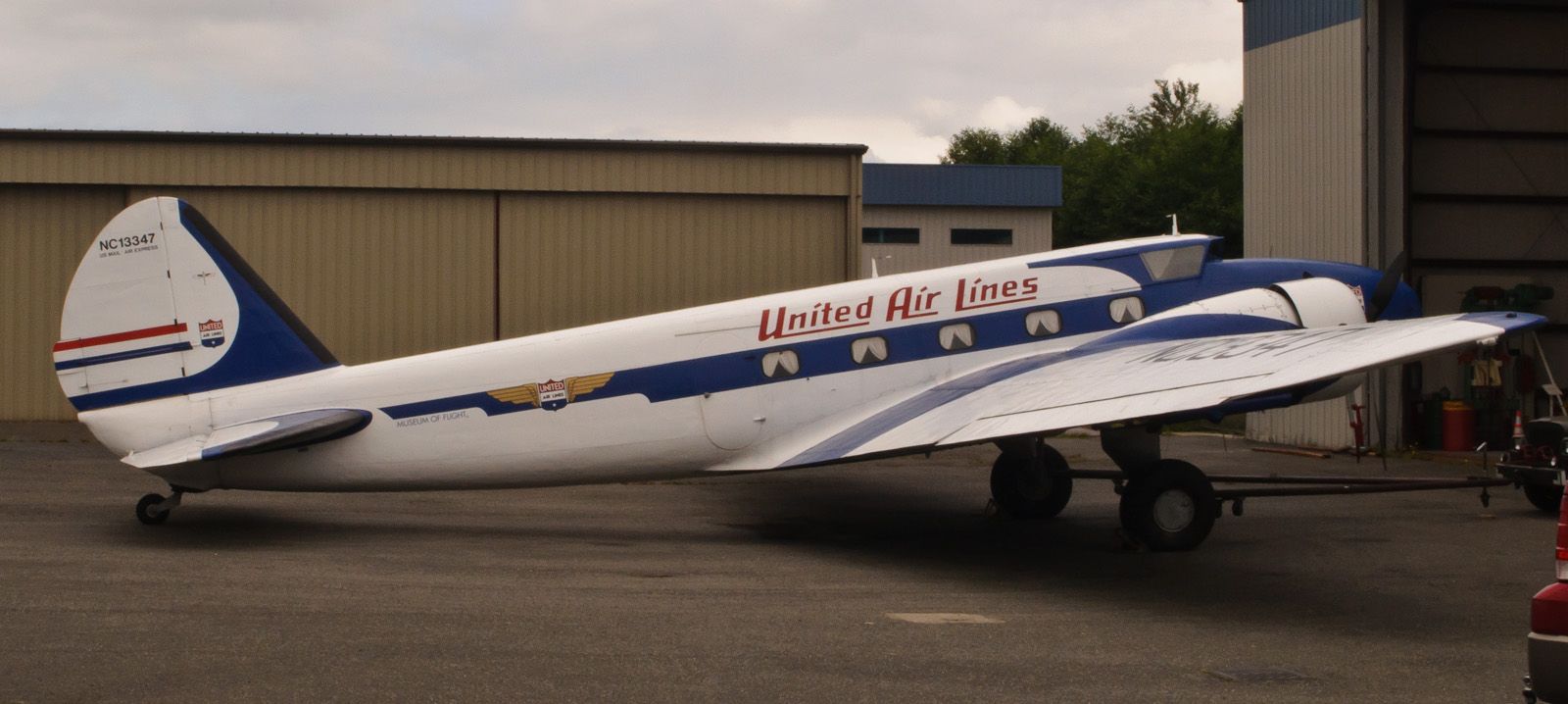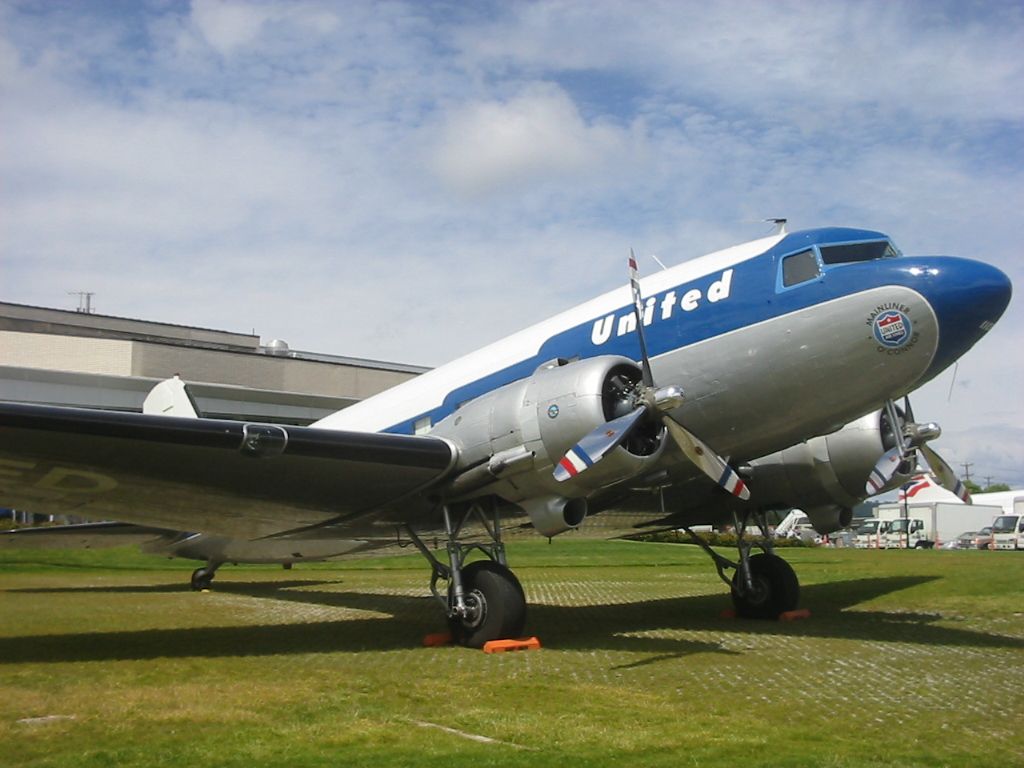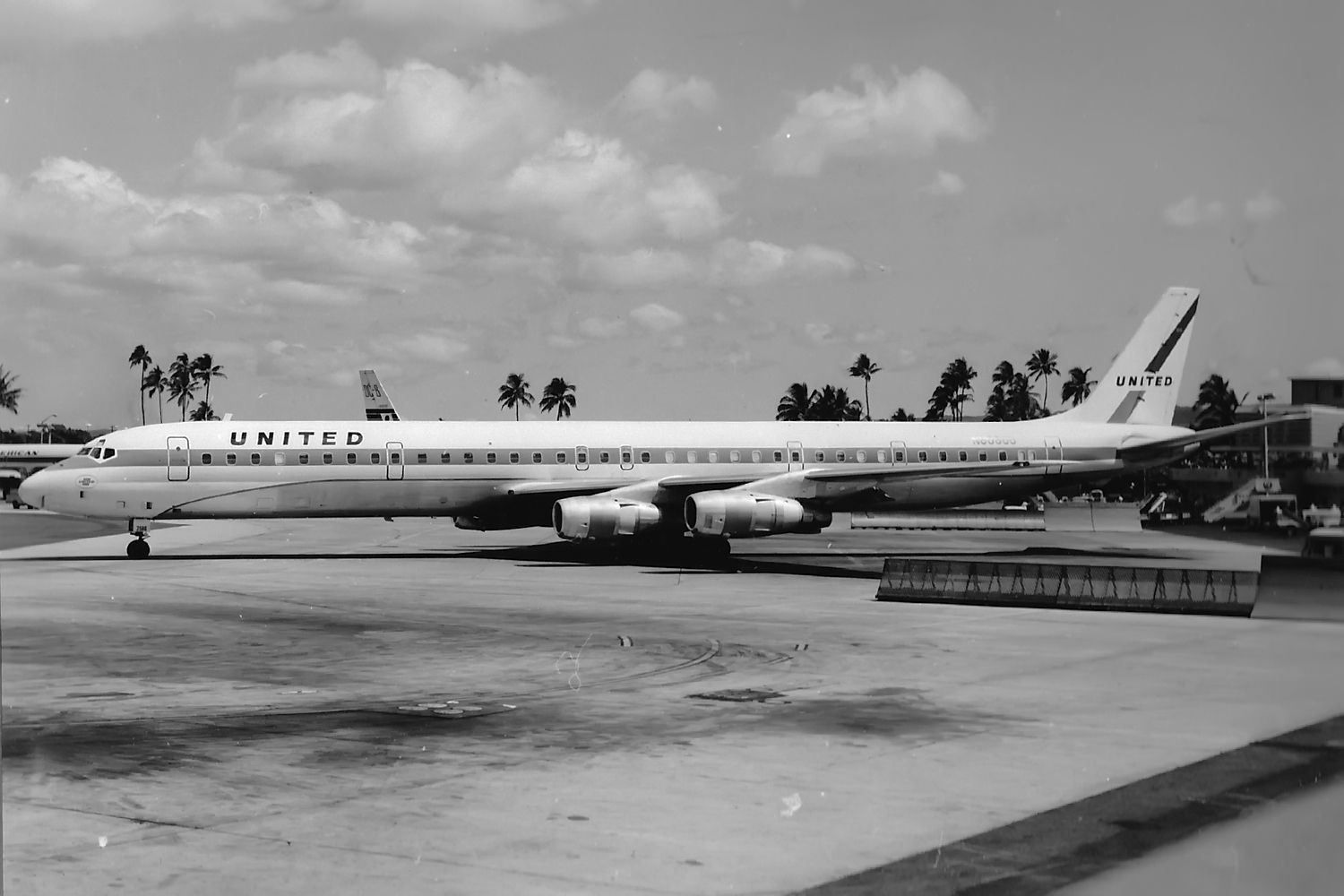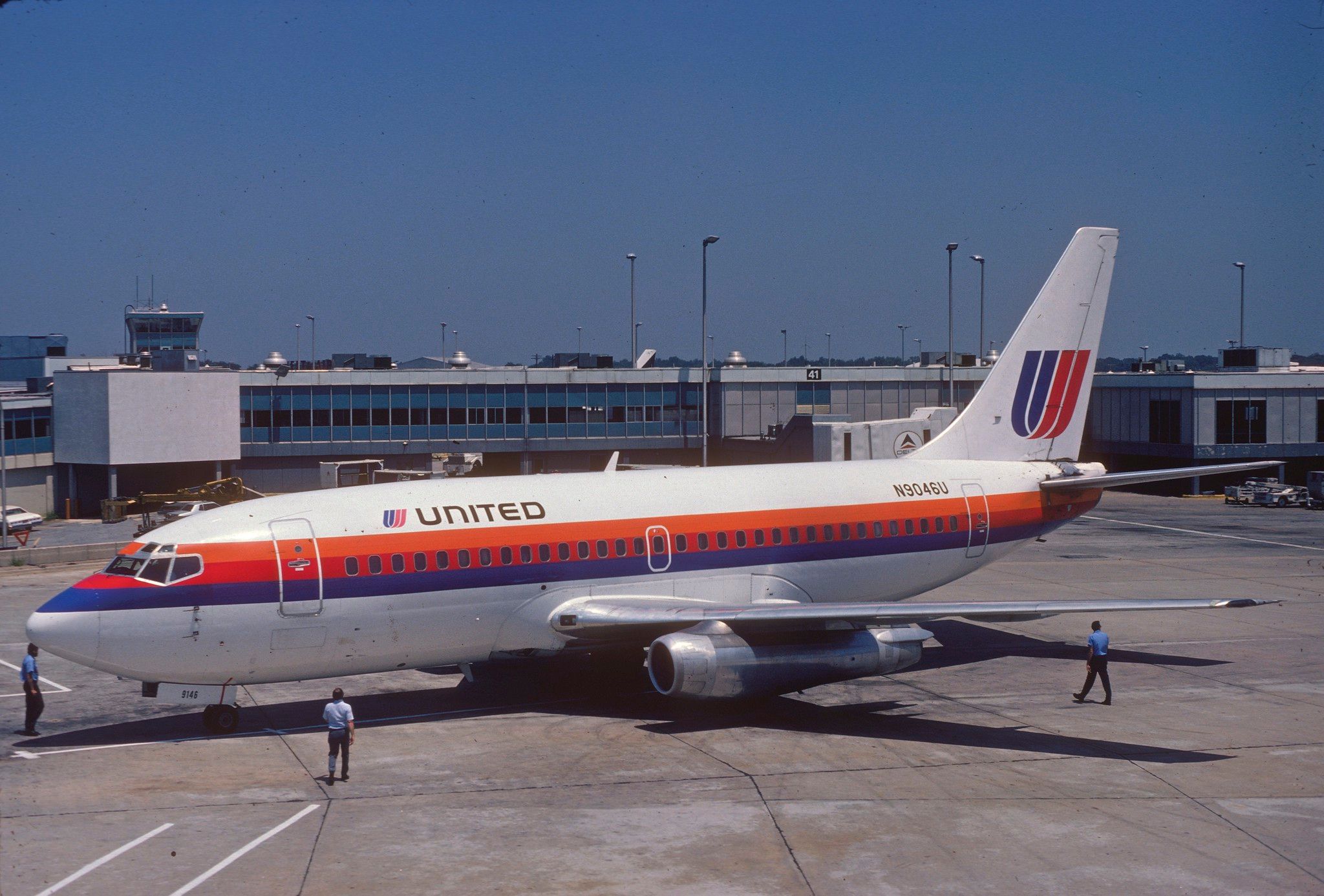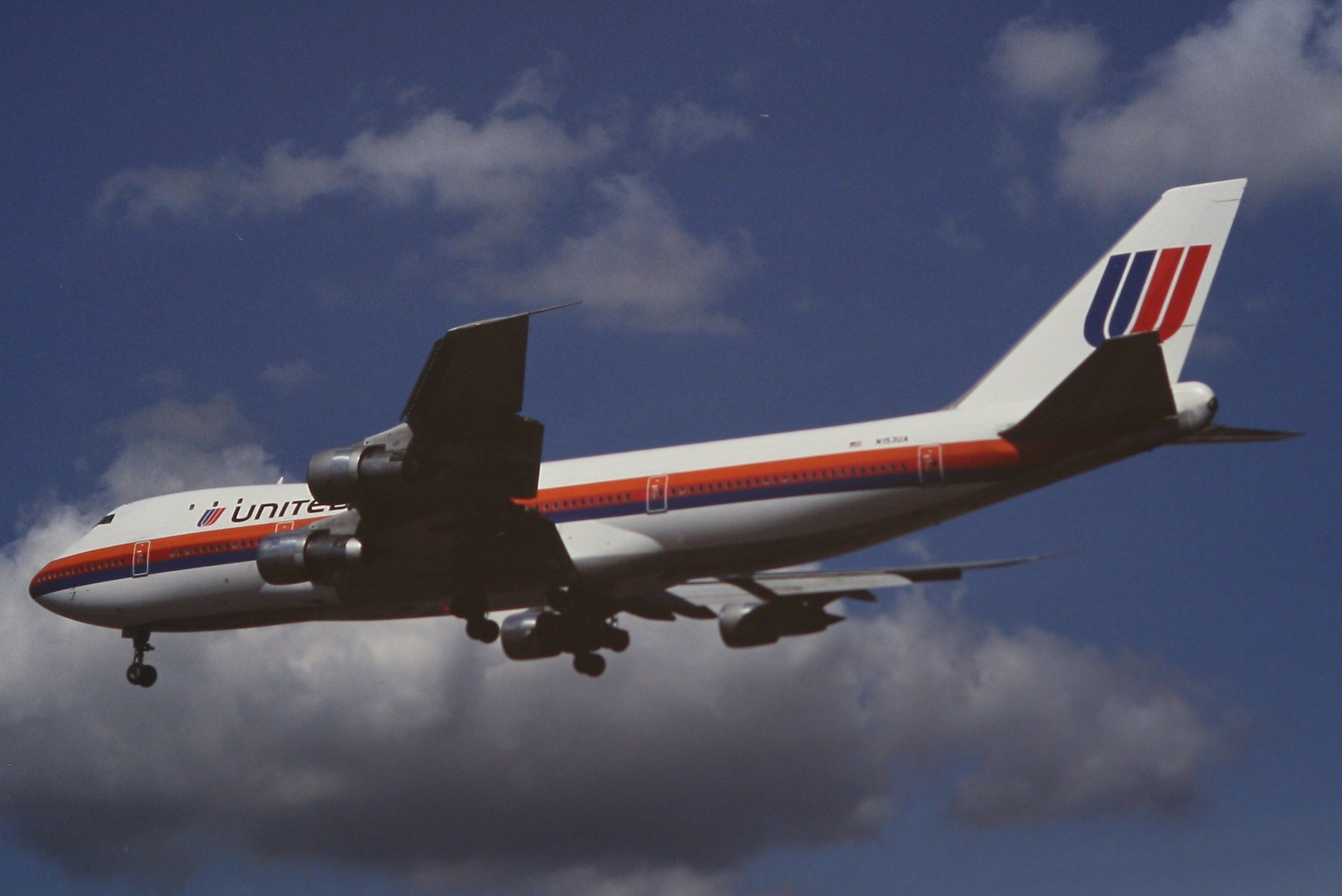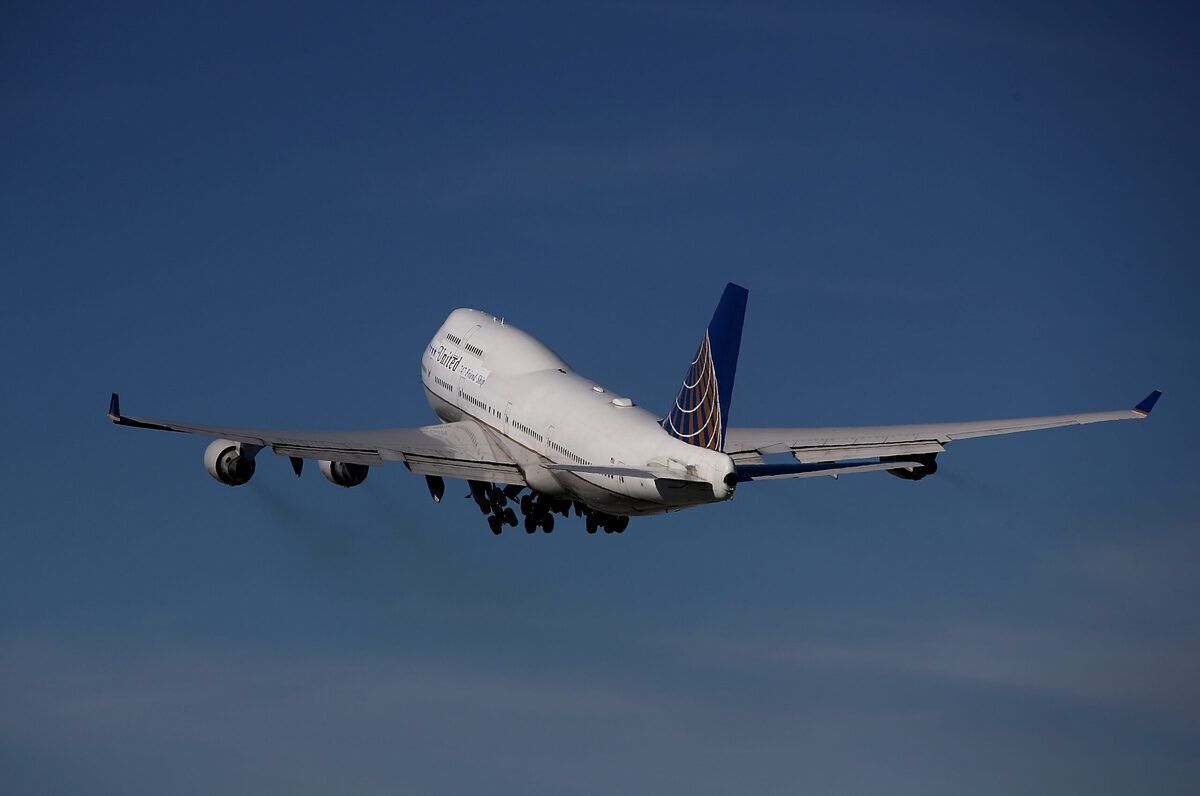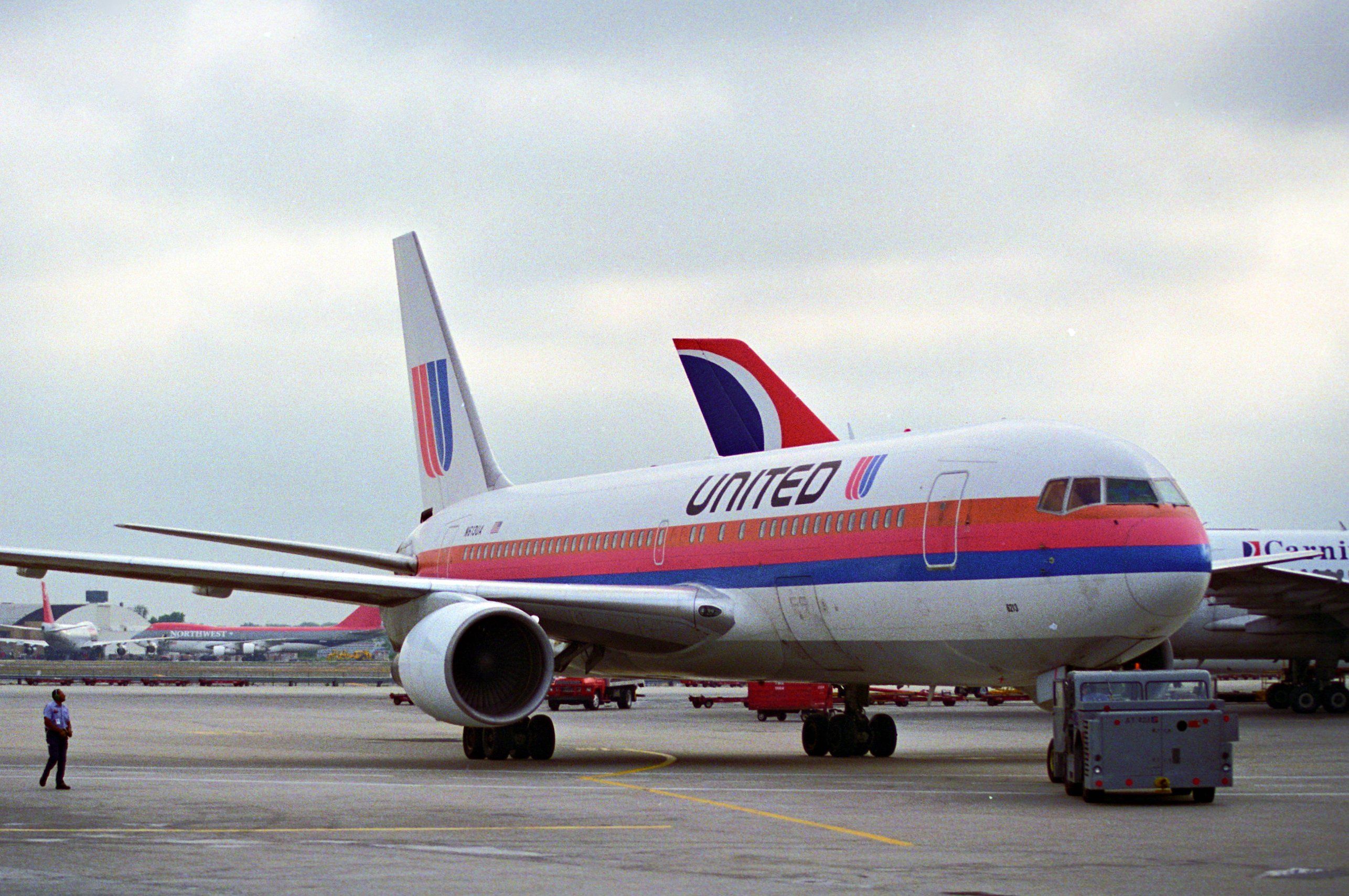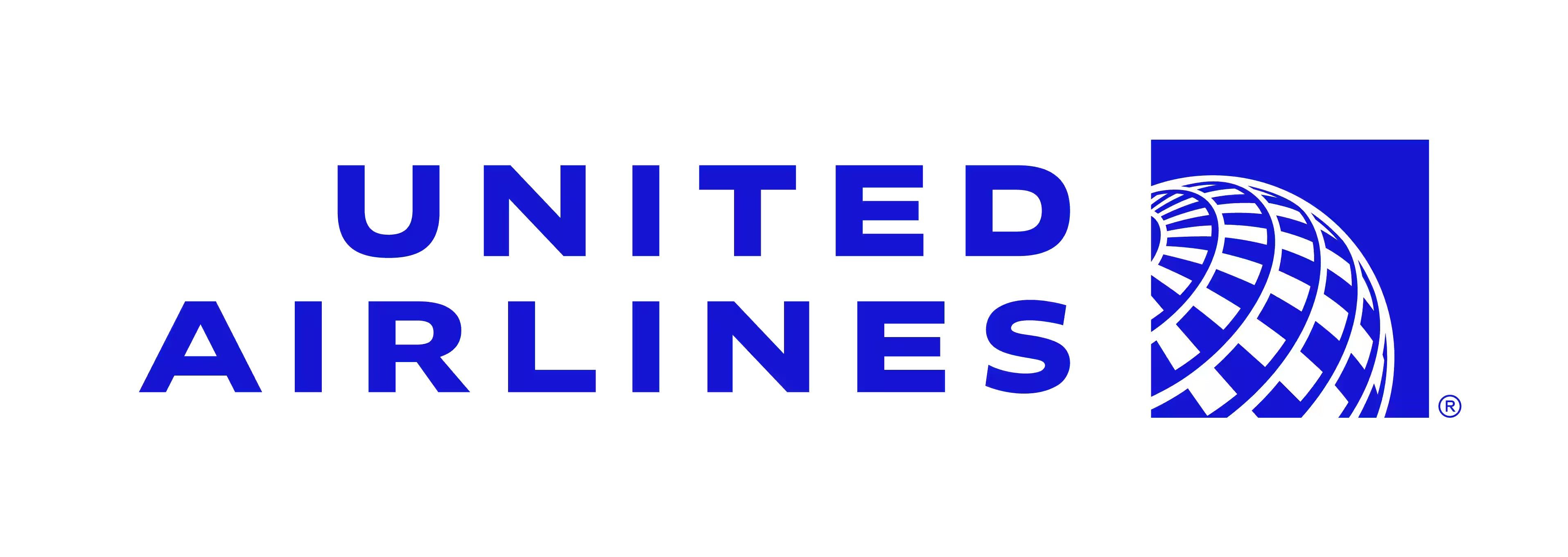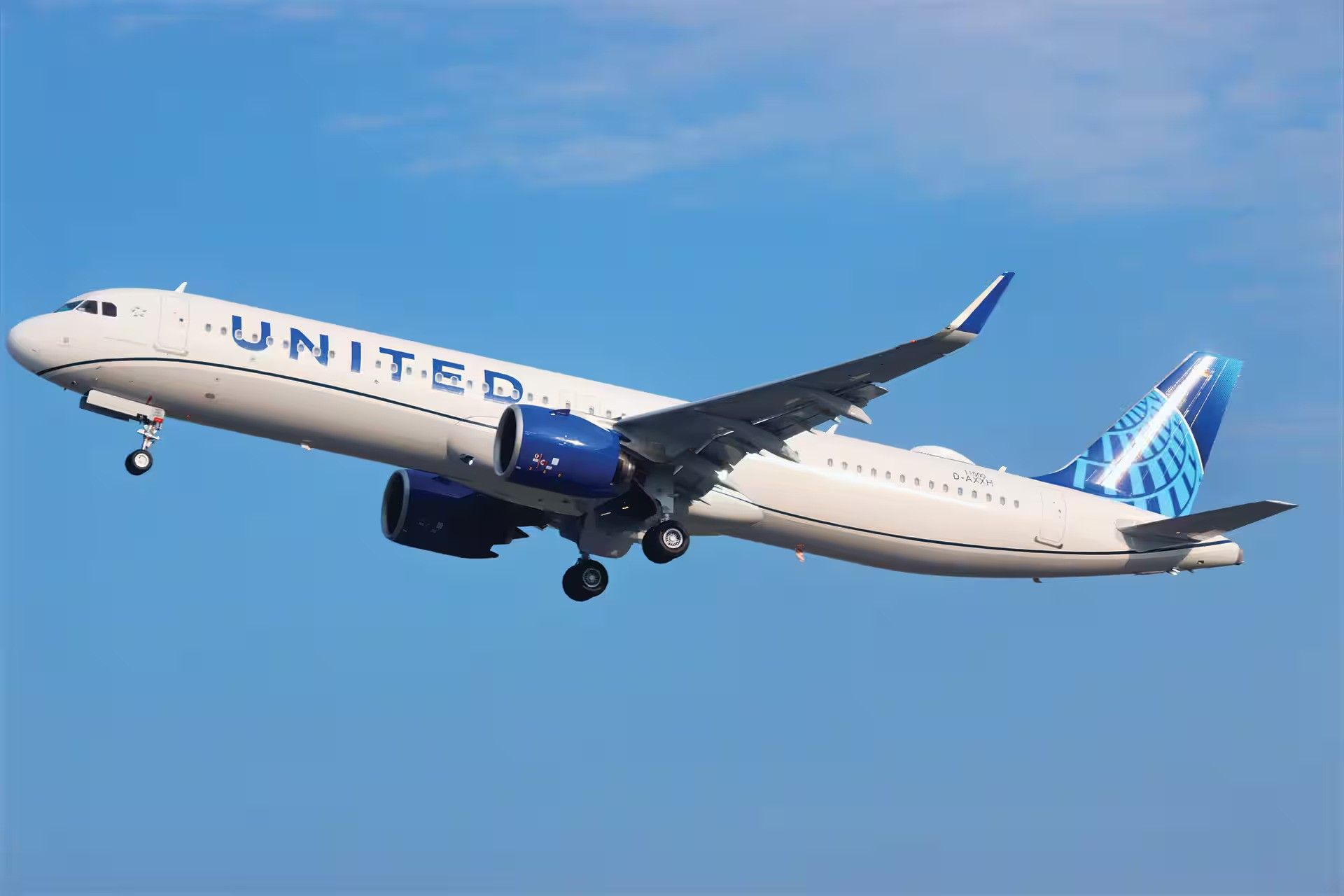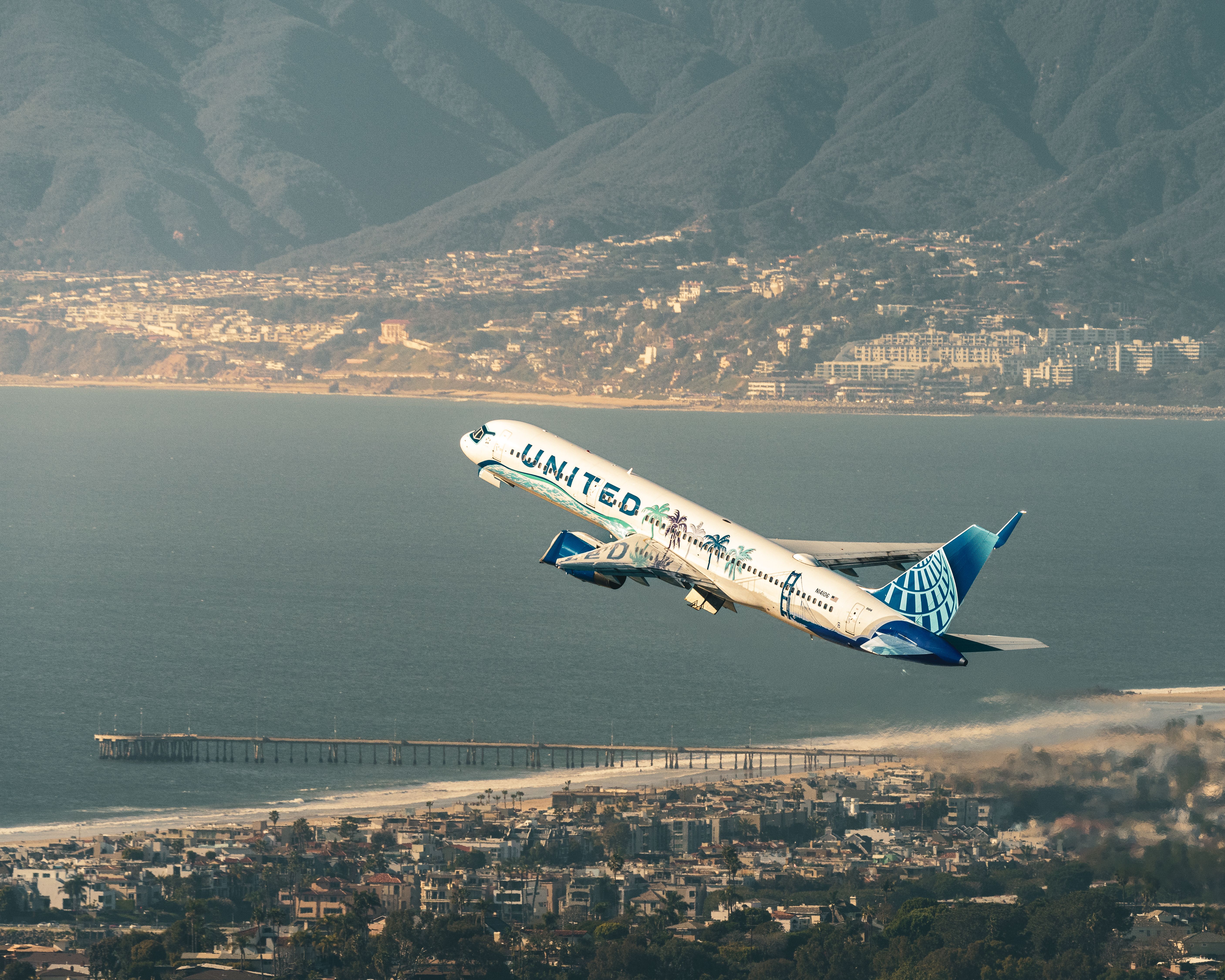United Airlines has been flying for over nine decades. The founding member of Star Alliance serves six continents with its fleet of over 900 aircraft, but the Chicago-based carrier hasn’t always been the powerhouse that it is today. With roots in other aviation outfits, the company developed from a mail carrier to one of the world's largest passenger airlines.
The airline boasts a bunch of records. It was the first US airline to order a jetliner, the first to publish an inflight magazine for a single airline, and the first North American airline to fly the Boeing 787 Dreamliner.
United's origins from Boeing
United’s early history is closely associated with that of fellow US aviation powerhouse Boeing. United's story traces back to the launch of Boeing in the early 1900s, along with the subsequent introduction of several airlines in the 1920s. Varney Air Lines (VAL), National Air Transport (NAT), Pacific Air Transport (PAT), and Boeing Air Transport (BAT) were all making a name for themselves.
However, Boeing soon incorporated its subsidiaries and merged with Pratt & Whitney to form the United Aircraft and Transport Corporation (UATC). This business then took on VAL, NAT, PAT, and BAT.
The United name is born
After a series of acquisitions, UATC formed what was then stylized as United Air Lines on March 28th, 1931, to manage all the branches.
United Air Lines faced political issues after a scandal arose in 1934, commonly known as the Air Mail Fiasco. Conflict arose among those airlines flying airmail routes, with larger airlines (including United) accused of having a near monopoly. There were also issues with payment and incentives. With payment by total weight carried rather than mail, larger aircraft were filled with additional passengers and 'junk' mail.
Love aviation history? Discover more of our stories here
The Air Mail Act was passed in 1934 to solve this situation. The company was split up following this, and United Air Lines emerged as a commercial passenger airline.
A new start for United Air Lines
William A. Patterson became the new president of United Airlines in 1934, a post he held until 1963. Thanks to the introduction of the Boeing 247 in 1933, passengers could fly across the US without having to stop overnight or change aircraft. Passenger activity started to grow, with United charging $160 ($2,868) one-way between Newark and San Francisco (with eight stops).
Passenger activity was curbed amid the United States' entrance into the Second World War. United redeployed its resources to help with the war effort. For instance, the company carried nearly 200,000 tons of personnel and materials over 21 million miles (33.9 million kilometers) with a mix of Boeing 247s and Douglas DC-3 aircraft.
United Airlines took on the DC-3 from 1936 and operated "Mainliner" transcontinental services with fewer stops, and folding berths for sleeping.
Despite its focus on the war, business activity wasn’t completely put on hold. United attempted a series of acquisitions during the war years and even merged with Mexican outfit Lineas Aereas Mineras.
Growth after the War
Like its counterparts, United’s core business shifted further away from general mail contracts after the war. Income from passenger services was increasing, and airlines no longer required economic support. So, in 1952, officials stopped subsidizing mail services.
The scaling up of passenger operations following the war can be seen in the number of customers served yearly during the 1950s. In 1951, United reported around 1.8 billion revenue passenger miles. Impressively, in 1960, the figure was just under 5.8 billion. This number doubled five years later due to a merger with Capital Airlines in 1961.
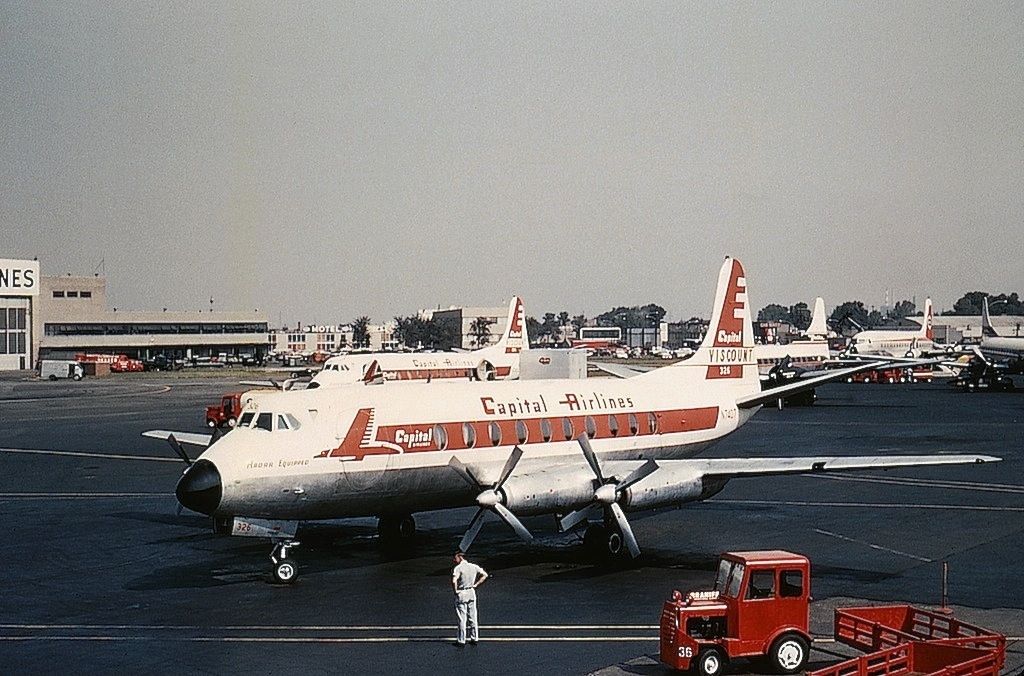
A Brief History Of Former US Carrier Capital Airlines
The carrier joined forces with United, forming the largest airline merger of the time.These new passenger segments witnessed creative innovations that came about in the commercial sector. For instance, pressurized cabins were now a feature thanks to the war, and United introduced this technology on its network with the Douglas DC-6. This aircraft cut down the number of stops that were needed on transcontinental flights to just one (the DC-3 had required three). United carried on its relationship with Douglas in 1955 by becoming the first US operator to order a jet aircraft, with an initial order for 30 Douglas DC-8 aircraft.
Aircraft such as the Boeing 720, 727, and 737, Vickers Viscount, and the Sud Aviation Caravelle were also added during the 1960s. The Boeing 747 joined the fleet in 1970 (with United going on to operate the 747-100, 747-200, 747SP and 747-400).
There was a major change too, in 1974, with the introduction of a new logo and brand for the airline. Up to this time, branding has changed frequently (with a shield design from the 1940s gradually being replaced by a spike). Saul Bass designed a new stylized double U logo in red and blue, which remained the dominant logo and brand for the airline right up to its merger and rebrand in 2010.
Long-haul triumphs for United
United was an early adopter of the 747, taking it on in the first year it was introduced with Pan American World Airways. On June 26th, 1970, United received its first 747-100oeing 747-400 Operations. This was also the same day that Continental Airlines, which many decades later would merge with the airline, started flying the type.
The Boeing 747 remained with United until November 2017, opening up a plethora of opportunities along the way. The airline first flew the Queen of the Skies from San Francisco to Honolulu - subsequently, service with the plane was expanded at airports such as Los Angeles, New York, Atlanta, Boston, Miami, Chicago, Charlotte, and Washington DC. In the following decade, United's international network was boosted with the 747. Thailand, Australia, Japan, Vietnam, Hong Kong, and Guam all saw activity with the jumbo.
United made history with its jet aircraft. For example, it is the sole carrier to have operated Executive One, the call sign given to a civil flight carrying the US President. This was achieved on December 23rd, 1973, when Richard Nixon boarded a United DC-10 to head to Los Angeles from Washington Dulles. Moreover, in January 1988, Friendship One, a United Boeing 747SP, set the around-the-world air speed record of 36 hours, 54 minutes, and 15 seconds.
The carrier felt the impact of the 1978 Airline Deregulation Act and started to incur losses in the years that followed. However, United managed to adapt. For instance, it introduced MileagePlus in 1981 - one of the first modern frequent flyer programs. In August 1982, United became the launch airline of the Boeing 767-200.
The growing presence continued in 1985 following the purchase of Pan Am's complete Pacific Division. The decline of Pan Am also led to United acquiring the veteran airline's routes to London Heathrow in 1991. Pan Am's Latin American and Caribbean routes were also taken on.
The new millennium
The turn of the century brought significant issues for United. Two of the aircraft hijacked in the 9/11 attacks were United's - a Boeing 767 and a Boeing 757. Following the tragedies, US aviation suffered for years. United then filed for Chapter 11 bankruptcy in December 2002.
Following the clearance of a restructuring plan, United exited bankruptcy in February 2006. However, the 2008 recession brought new concerns across the industry. With the change in economic climate, the operator eventually merged with Continental Airlines in 2012, and the parent company formally changed its name to United Airlines Holdings from United Continental Holdings in June 2019.
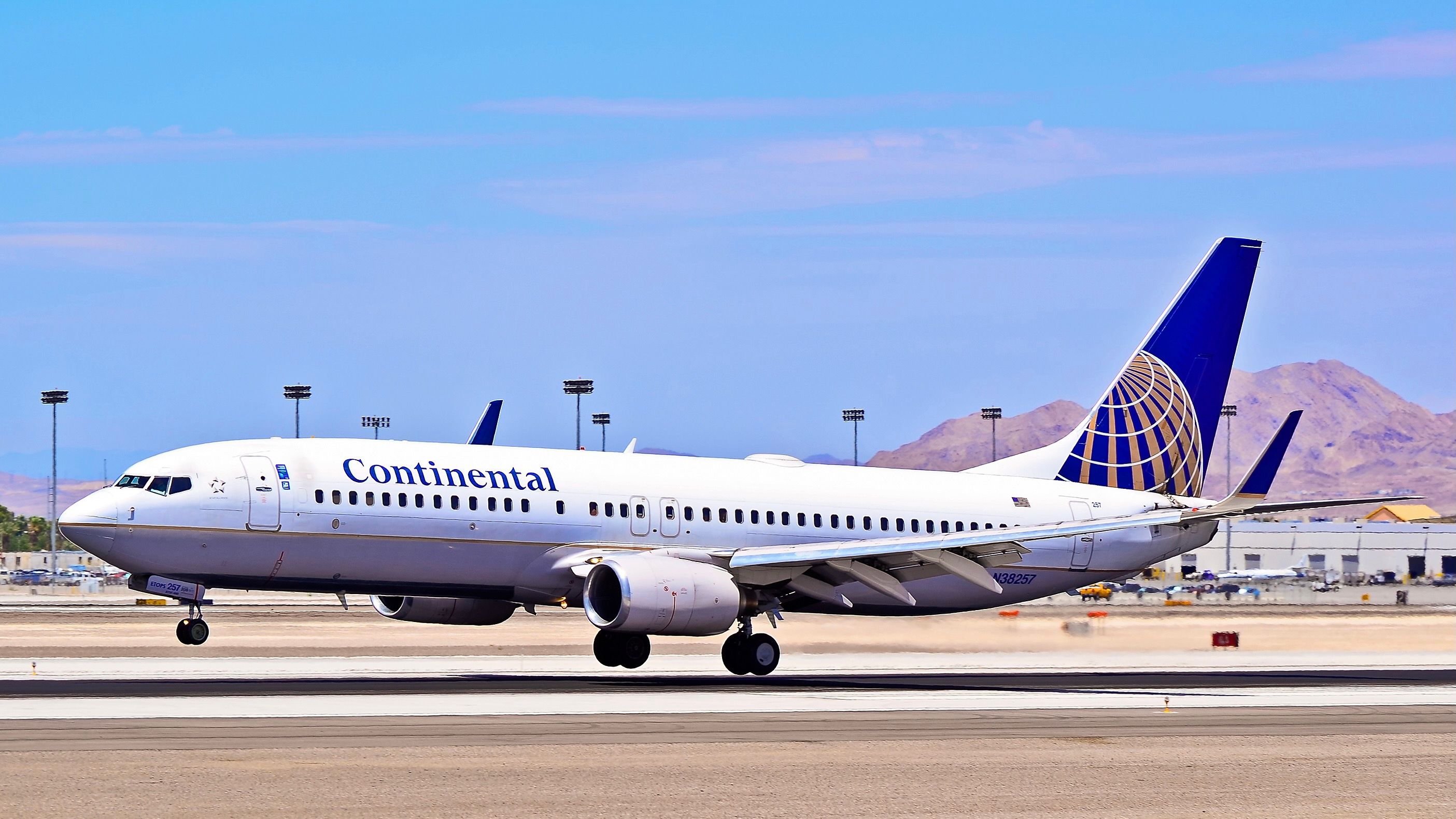
History: Why Did Continental & United Airlines Agree To Merge?
Mergers were seen as a way to grow the network and save money.Following the merger, the United Airlines brand was maintained. There was also a major change to the brand, with the long-serving "tulip" being dropped and the brand refreshed using the full airline name of "United Airlines" being placed alongside the globe of Continental. This remains the airline logo today, with a refresh in 2019 introducing a new, deeper shade of blue.
Like all airlines, United suffered and changed during the pandemic. There were extensive layoffs in 2020, and aircraft were grounded (but no major fleet retirements, as happened with many other US airlines). In June 2021, it placed the largest order in its history - for 270 new narrowbody aircraft from both Boeing and Airbus.
As of March 2024, the United Airlines fleet boasts 950 aircraft (just short of American Airlines with 967 aircraft). There are exciting additions on the way too - the Airbus A350 remains on order, with deliveries potentially starting in 2030, while it is expected that the airline will start taking delivery of the Airbus A321XLR in 2025. It is also committed to ordering 15 Boom Overture supersonic aircraft, with options for 35 more. The entry into service for the Boom Overture is still set for 2029.
What are your thoughts about the history of United Airlines? What do you make of the future of the carrier in this next chapter? Let us know what you think in the comment section.

